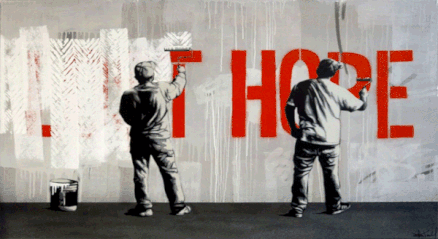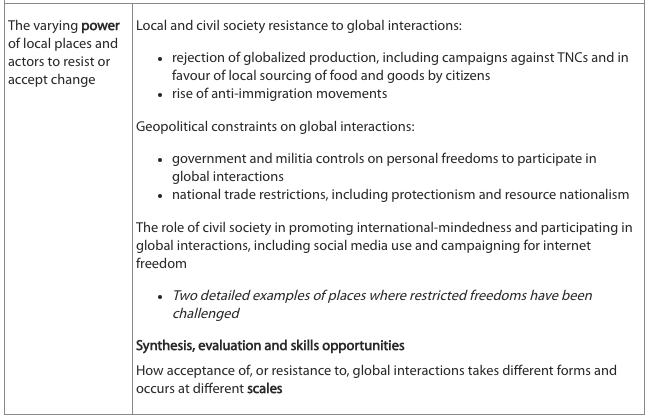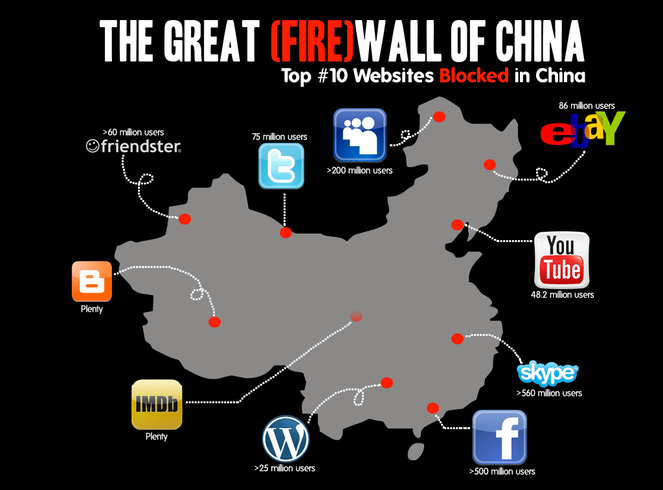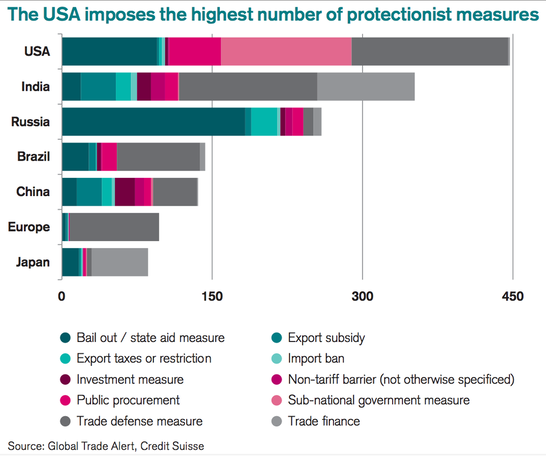3. Local responses to global interactions
Syllabus Link: The varying power of local places and actors to resist or accept change
|
|
|
|
Local and civil society resistance to global interactions:
Rejection of globalized production, including campaigns against TNCs and in favour of local sourcing of food and goods by citizens
|
|
|
|
Summary Table: Globalized vs local production
Article: The battle to keep French isle McDonalds free
Rise of anti-immigration movements
|
|
|
|
Article: Europe and nationalism - A country by country guide
Reading: Anti migration - Migration meltdown reading
Reading: Hostile environment- The UKs draconian immigration policy
Article: UKIPs anti-immigration poster called unethical
Geopolitical constraints on global interactions:
Government and militia controls on personal freedoms to participate in global interactions
|
|
|
|
Notes: China's Internet Censorship
Webpage: China internet freedom score
Article: Censorship in China is well spread and sometimes strange
Article: Al Shabab blocks internet in areas it controls
National trade restrictions, including protectionism and resource nationalism
|
|
|
|
|
Activity: Trade protectionism
Reading: 'America First' trade policy
Activity: Resource nationalism notes
Article: Bolivia nationalizes unit of Spanish power company
Article: In Bolivia untapped bounty meets nationalism
|
|
|
The role of civil society in promoting international-mindedness and participating in global interactions, including social media use and campaigning for internet freedom
|
|
|
|
|
Two detailed examples of places where restricted freedoms have been challenged
Thailand
|
|
|
|
Article: Critics fear threat of new Thai cyber laws
Article: A real source of hope
Article: Gun at your throat - Rap song tests freedom of speech
Social Media and Conflict
|
|
|



